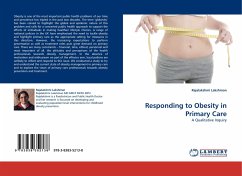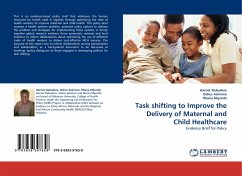Obesity is one of the most important public health problems of our time and prevalence has tripled in the past two decades. The term 'globesity' has been coined to highlight the global and epidemic nature of this problem and calls for a concerted public health approach to support the efforts of individuals in making healthier lifestyle choices. A range of national policies in the UK have emphasised the need to tackle obesity and highlight primary care as the appropriate setting for measures in this direction. However, the increasing expectations to perform preventative as well as treatment roles puts great demand on primary care. There are many constraints - financial, time, ethical, personnel and most important of all, the attitudes and perceptions of the health professionals towards obesity management. In the absence of motivation and enthusiasm on part of the effector arm, local policies are unlikely to reflect and respond to this issue. We conducted a study to try and understand the current state of obesity management in primary care and to explore the views of primary care professionals towards obesity prevention and treatment.
Bitte wählen Sie Ihr Anliegen aus.
Rechnungen
Retourenschein anfordern
Bestellstatus
Storno








